
Don't miss Black Friday at Retkee. Your favorite itineraries are now at special prices. Explore

Don't miss Black Friday at Retkee. Your favorite itineraries are now at special prices. Explore
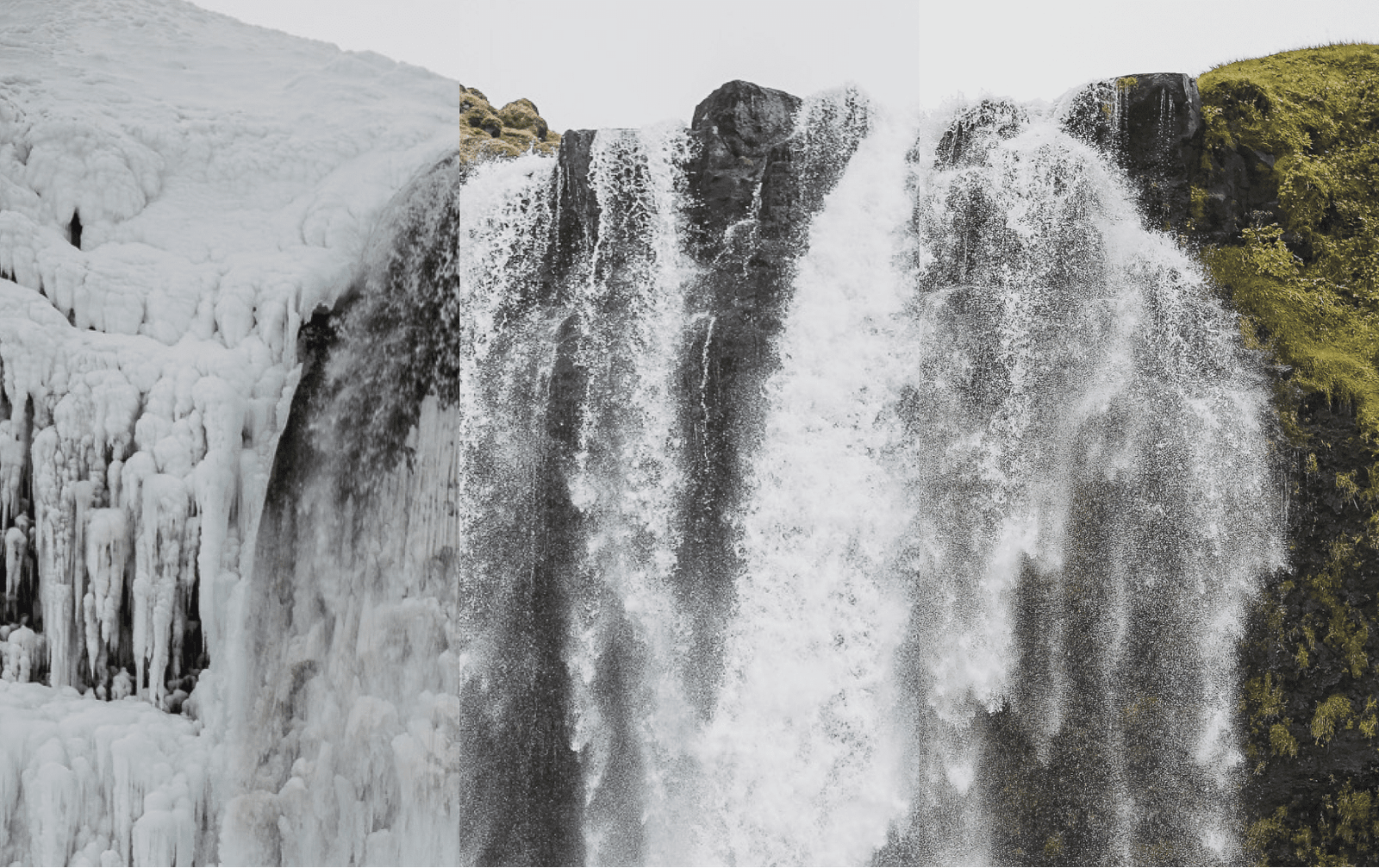
One of the most important questions one must answer when planning a trip anywhere is – when to go? The same question applies when planning a trip to Iceland, where until about 10 years ago, the main and only season for travel was considered to be during the summer. But that’s no longer the case, so in today’s article we’ll look at the differences between the seasons, including our recommendations.
For more information about Iceland, including a map of locations or a complete list of itineraries, see the destination details.
Spring in Iceland basically starts with the departure of the snow. This often happens around mid-March, but snow showers or temperatures around freezing are not uncommon towards the end of April. We have personal experience with the end of April in particular, where we covered the entire southern coast of the island in 6 days, catching the capital, the Grindavík area and the part above Reykjavik.
Spring is the ideal choice if you want to enjoy the off-season, which affects not only the number of people at the main waterfalls, viewpoints, etc., but also the prices of accommodation and other services. Nature is starting to wake up, the glaciers are in full force after the winter and there is still a chance to see the Northern Lights in early April. Another advantage of visiting during spring is that almost all the main places along the Ring Road are easily accessible, except for the interior, which is usually under snow until at least the end of May. For us, the end of April and the beginning of May can be a good time to visit Iceland for the first time.
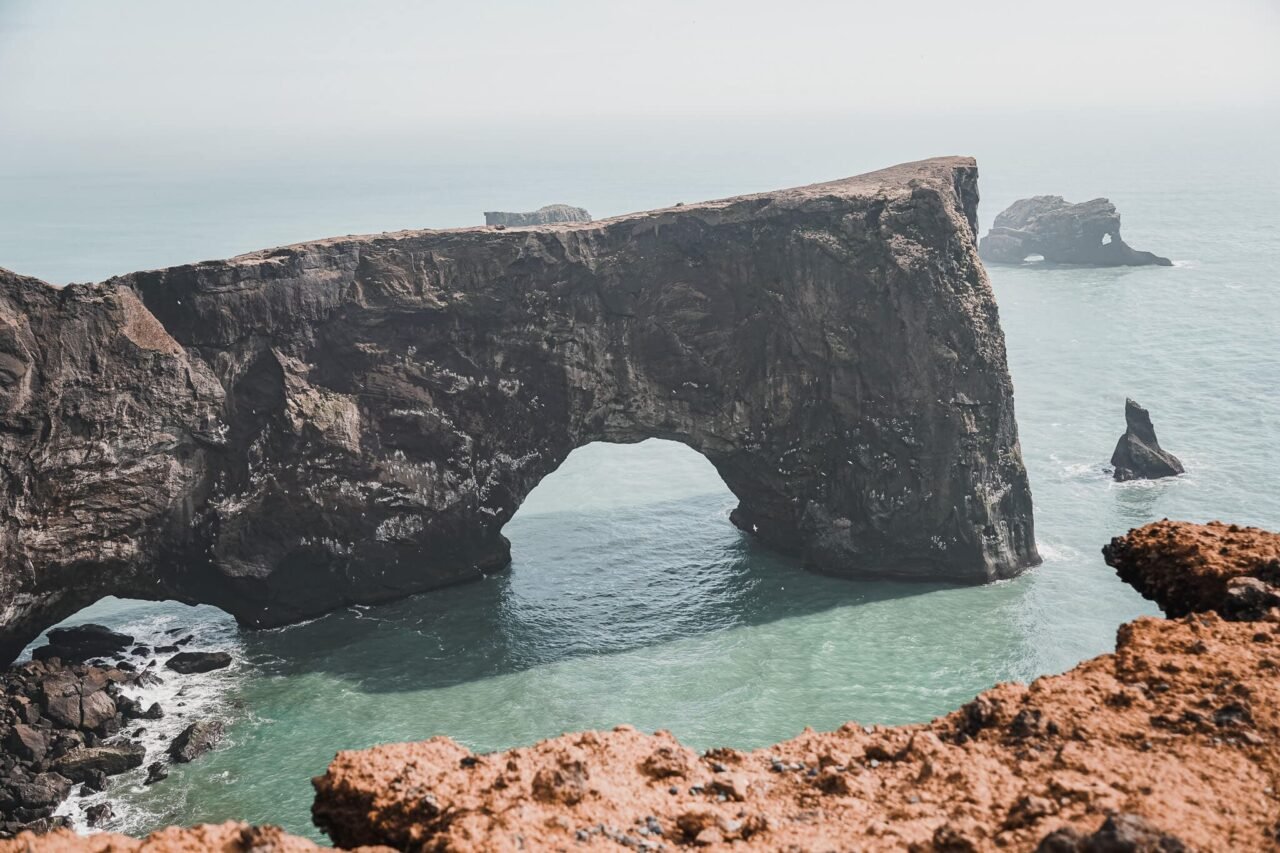
Show the itinerary
Summer begins in late May or early June and lasts until August. It is the most popular season for tourists, one of the reasons being that it is the longest day and you can explore Iceland even during the night hours. Summer is also a good time to spot local animals, this is when you can find puffins, the beautifully coloured birds that are characteristic of Iceland.

Photo by Yihang Li from Unsplash.
The main advantage of this time of year is that everything is easily accessible, there are no closed roads in the interior, but on the other hand it means that most tourists come here all year round and prices for accommodation or car rental can be higher. However, it should be remembered that even during the summer season the weather in Iceland is unpredictable and you need to allow for rain and wind.
Want to go to Iceland in summer? Use one of our ready-made itineraries, or we can prepare a tailor-made itinerary for you.
At the end of August, Iceland starts to turn its autumn colours, as well as the largest number of tourists and the prices for accommodation and car rental go down slightly. Another advantage is that you can still get here from Prague by direct flight (but only until the end of October). The weather is very changeable, you really need to be prepared for everything. During September or October you may be lucky enough to see the Northern Lights, you may even experience the first snow of the season. During autumn, expect average temperatures between 0 and 10 degrees, but towards the evening the temperature can drop below zero and, together with strong winds, you can get really cold.
Our first visit to Iceland was in the autumn, specifically in early September, and for us it is the ideal time for a first visit, when we recommend driving around the whole island on the so-called Ring Road. The interior of the island, including the Rainbow Mountains, is also accessible during September. In September, nature is also still beautifully green, thanks to the frequent rains, all the waterfalls are beautifully strong. The itinerary below is based on our trip in September 2021.
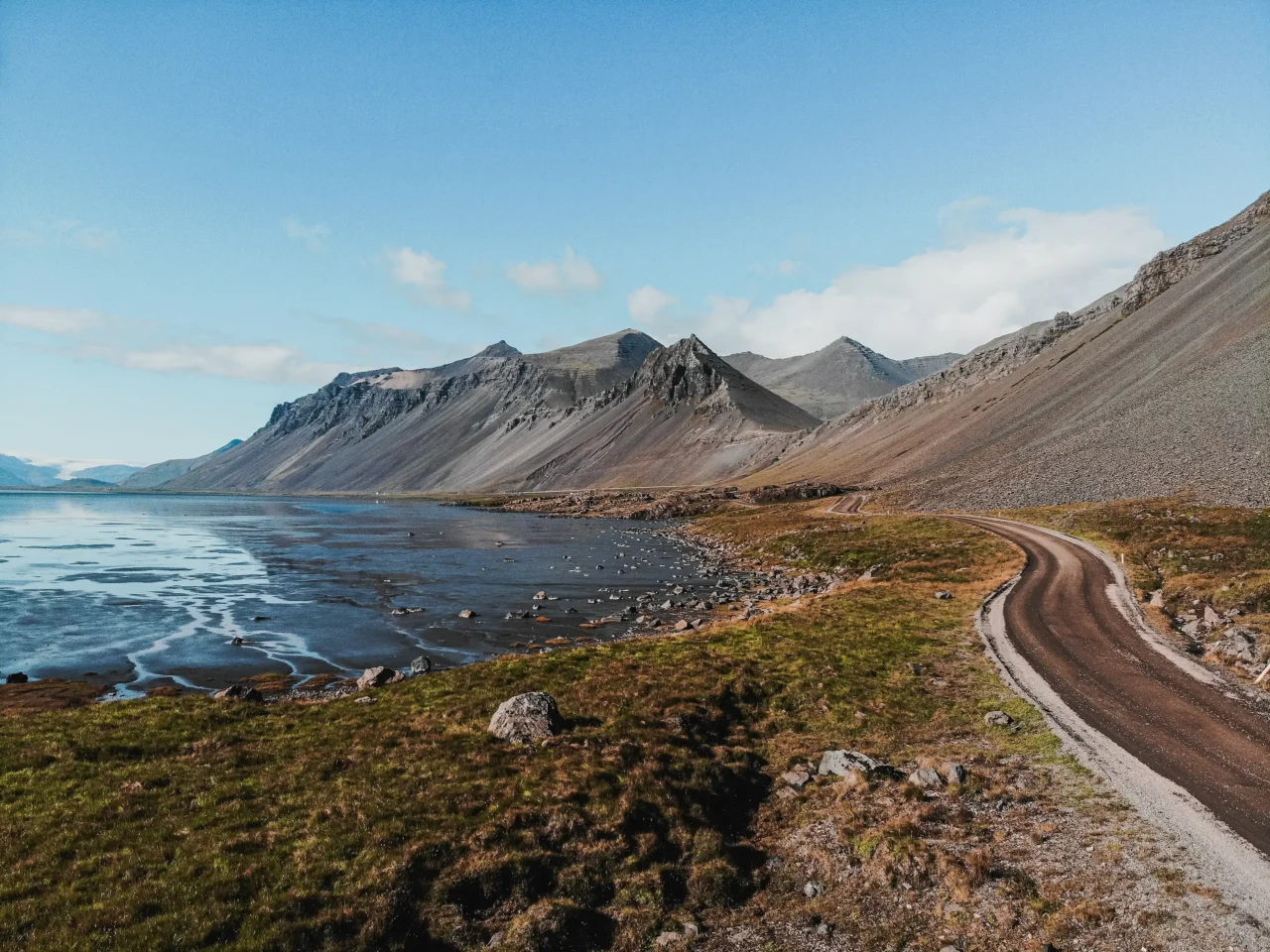
Show the itinerary
Winter in Iceland lasts from about mid-November to February or March. This is the time when you have the best chance of seeing the Northern Lights. There are few tourists here, and you’ll still see them in the famous places, of course, but you’re more likely to see locals in the thermal baths, for example. In winter you can also go on a guided expedition to the ice caves, this experience is 100% recommended, for example in Katla Ice Cave.
In winter we would recommend a visit especially for more experienced travellers, especially because of the unpredictable weather and constantly changing road conditions. Temperature-wise, winters in Iceland are not as crazy as one might expect. In February 2024 we experienced the lowest temperatures here at around -7 degrees Celsius, with good clothing this can be easily managed – however, a complication can be the strong winds that are very common in Iceland.
However, the winter nature really enchanted us, the frozen waterfalls, glaciers and the mentioned cave – everything looked like from another world. If you want to experience something similar, check out our itinerary.

Show the itinerary
Whenever you go to Iceland, it’s sure to be a great holiday full of experiences. This has been confirmed for us on all four of our trips, whether it was in September, October, February or April. Besides choosing the “right” dates, which as you can see may not be the only right ones, it is important to plan and sort out other things – car rental, transfers including accommodation, spa bookings or what to pack for your trip.
You will find the answers to all of the above and many more in all of our itineraries. We always try to pass on the important experiences we have gained during our trips and the itineraries on TRVL.cz allow us to do just that.
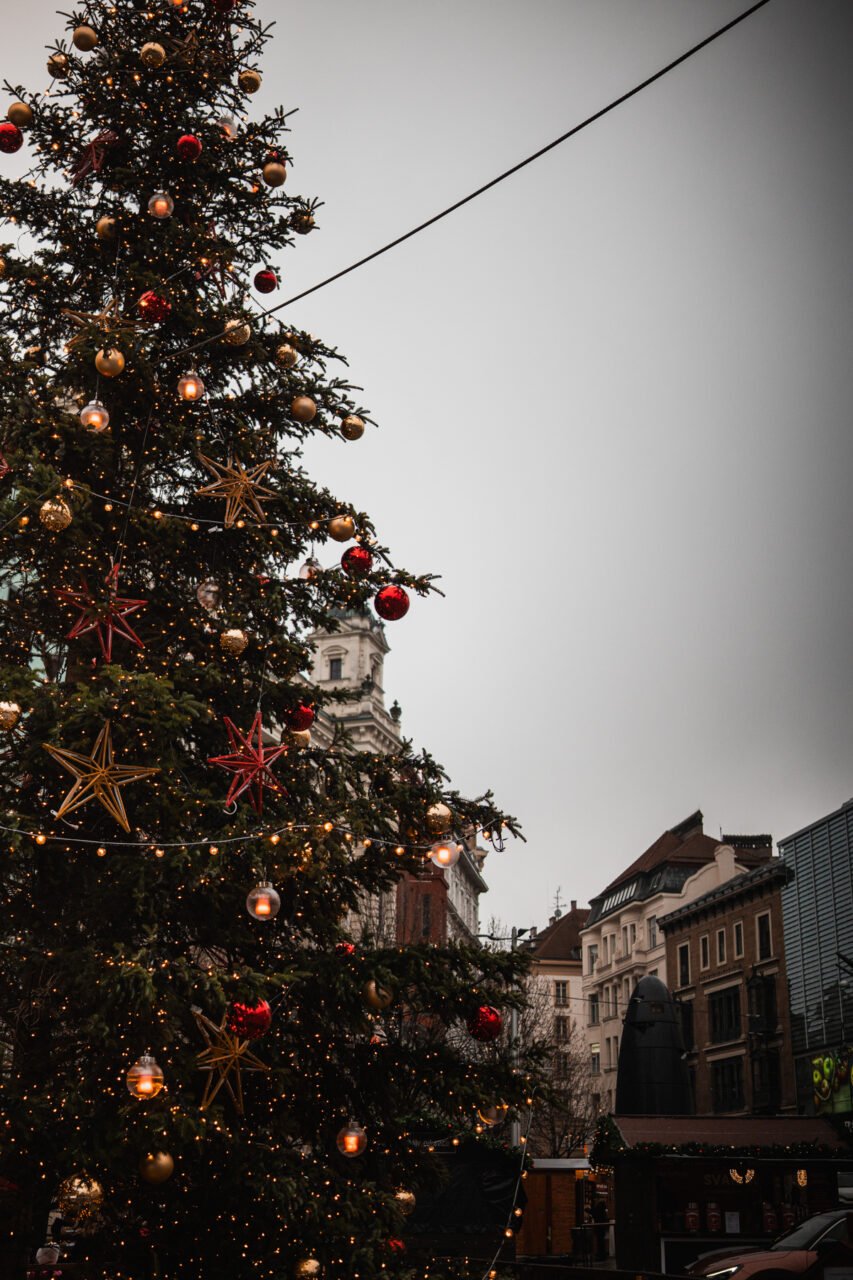
Martin & Tina • 08. 12. 2025
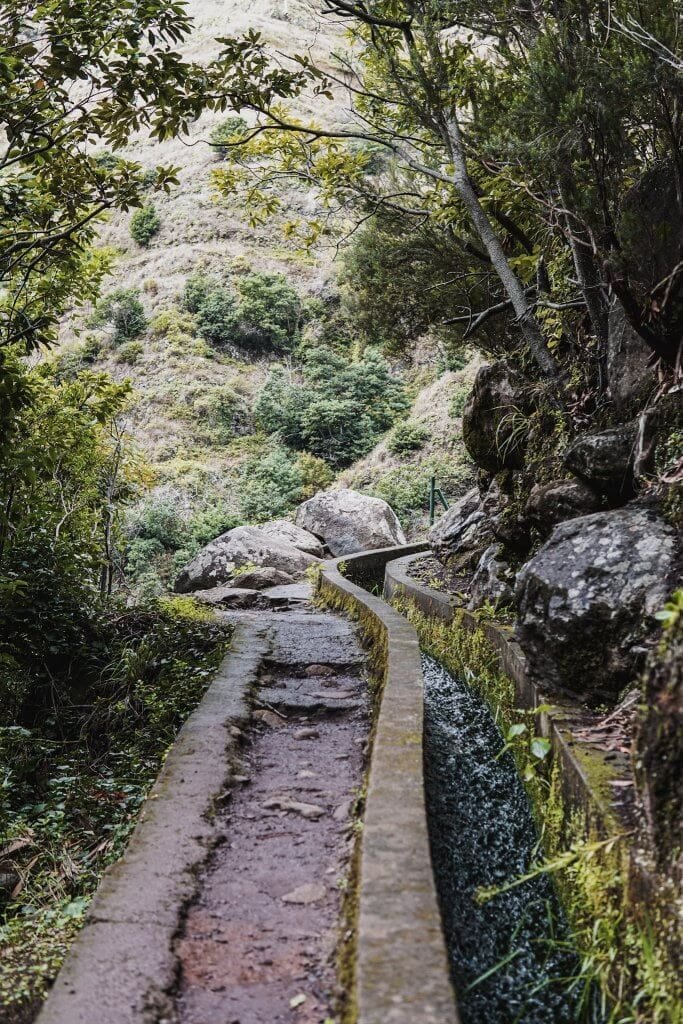
Martin & Tina • 30. 11. 2025

Below you can set the language and currency.